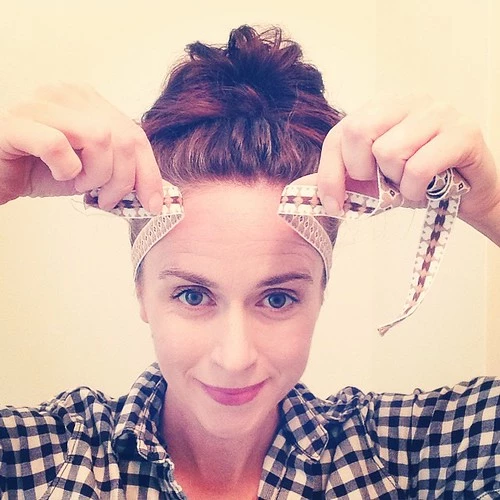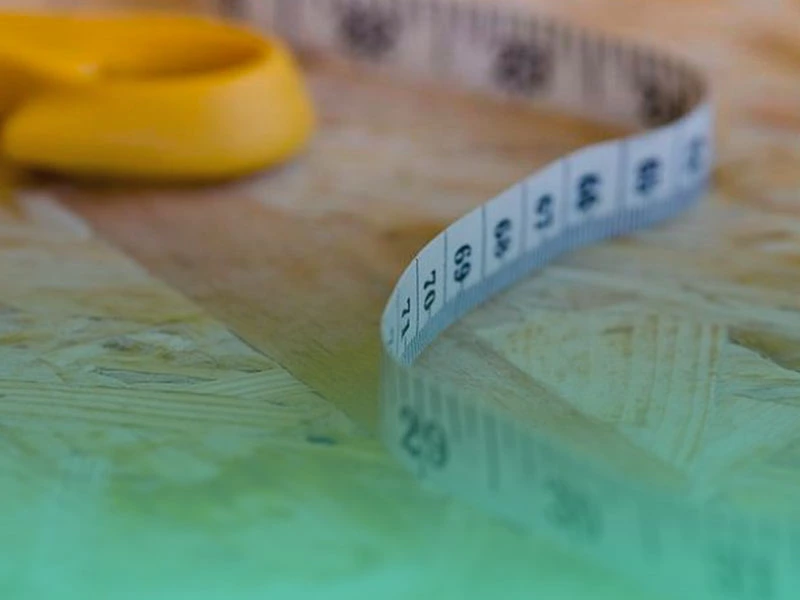Are you ready to take on the world with a brand-new helmet, but unsure how to measure your head? Don’t worry, we’ve got you covered! And we mean that quite literally.
Imagine this: You’ve got your brand new helmet in hand, your excitement building, but when you try it on, it’s uncomfortably tight or irritatingly loose. Talk about a buzzkill! We know how frustrating it can be to invest in a helmet that doesn’t fit just right.
The helmets almost fell off in 20% of the occasions where those motorcyclists were involved in an accident. That’s why we’re here to help you measure your head accurately, painlessly, and with fun!
So, what are the measurements for a helmet? Simple! Just grab a flexible measuring tape and measure above your eyebrows and around the back of your head. Remember, the largest measurement is your priority. Easy-peasy, right?
Why Accurate Helmet Measurement Matters?
When it comes to safety equipment, accuracy is key. This is especially true when it comes to helmet measurement.
According to the UK Transport Research Laboratory, around 25% of motorcyclists wear the wrong size helmet
The proper fit of a helmet can make a world of difference in terms of safety and comfort, regardless of whether you are a professional athlete or a casual cyclist.
1. Safety First!
A well-fitted helmet is not just a fashion statement; it’s a lifesaver! When you’re out there, giving it your all on your bike or motorcycle, safety should be your number one concern. A helmet that fits perfectly in your ultimate shield during a potential impact.
An International Journal of Epidemiology, research discovered that incorrect helmet wear decreased motorcyclists’ protection against head injuries.
Whether you’re cruising down the open road or hitting the trails, having a helmet that’s too loose or too tight can seriously compromise its ability to protect you. Don’t take chances with your safety—measure up for the perfect fit!
2. Comfort is Key
Comfort plays a vital role in helmet usage. A well-fitted helmet is far more comfortable to wear, which encourages riders to wear their helmets consistently. Helmets that are too tight or too loose can cause discomfort and distractions while riding, taking away from the enjoyment of your adventure. By measuring your head accurately, you can find the perfect fit that feels like a second skin.
3. Performance Boost
Want to amp up your performance? It’s not just about pedaling harder or twisting that throttle. A helmet that fits properly can enhance your riding experience in unexpected ways. The aerodynamics of a well-fitted helmet can make you feel like a pro, cutting through the wind with ease.
Reduced wind noise means you can concentrate on the road ahead and communicate better with fellow riders. When your gear is top-notch, you feel like a true road warrior, ready to conquer any challenge that comes your way.
4. Navigating Brand and Model Variations
Helmets, like fingerprints, come in all shapes and sizes. And just like finding the perfect pair of jeans, not all brands and models will fit you the same way. That’s where accurate measurement becomes your trusty sidekick!
Knowing your precise measurements ensures you find the right helmet for your unique head shape and size. Style and safety should not be compromised by a one-size-fits-all approach. Take advantage of the variety and find the helmet that’s right for you.
5. Impact Absorption
A properly fitted helmet ensures that the force of an impact is distributed evenly across the helmet’s surface, reducing the risk of injury. Ill-fitting helmets may not provide adequate protection, as they could shift or come off during impact, compromising the helmet’s ability to absorb and dissipate energy effectively.
Step-by-Step Guide to Measuring Your Head for a Helmet

To measure your head for a helmet, follow these steps:
1. Gathering the Right Tools for Measurement
- Soft Fabric Measuring Tape: The essential tool you’ll need to measure your head accurately for a helmet.
- Know the Unit: Manufacturers may use centimeters, inches, or a combination for helmet sizing. Check the brand’s size chart for precise measurements.
2. Identifying the Correct Measurement Points on Your Head
- Measure Head Circumference: Find the widest point of your head, just above your eyebrows and ears (roughly one inch above your eyebrows in front), for the most common way of determining helmet size.
- Snug, Not Too Tight or Loose: The helmet should fit comfortably and securely around your head, ensuring the best protection.
3. Taking Multiple Measurements for Accuracy
- Level and Flat Measuring: Ensure the measuring tape is level and lays flat against your head.
- Cross the Ends for Ease: When measuring on your own, cross the ends of the tape at the front to read the measurement easily.
- Record the Largest Measurement: Take several measurements and note down the largest one to ensure precision.
4. Interpreting Your Helmet Measurement
- Use the Measurement for Sizing: Refer to the brand’s size chart and use your head circumference measurement to determine the appropriate helmet size.
- Mind the Brand and Model Variation: Remember, helmet sizes can differ between brands and models. Always check the specific brand’s size chart for an accurate fit.
- Secure and Comfortable Fit: When trying on helmets, make necessary adjustments to straps and pads to achieve a secure and comfortable fit.
How to Compare Your Measurement with Helmet Sizing Charts?
Understanding Different Helmet Sizes
- Helmet Size Charts: Manufacturers provide sizing charts that correlate head measurements with their helmet sizes.
- Numeric or Letter Sizing: Helmet sizes may be indicated numerically (e.g., 54-56cm) or with letters (e.g., S, M, L).
- Size Ranges: Each helmet size typically covers a range of head measurements, allowing for a more customized fit.
Identifying Helmet Shapes
- Oval, Round, or Intermediate: Helmets come in different shapes to accommodate various head shapes.
- Head Shape Consideration: Determine your head shape by considering whether it’s oval (elongated from front to back), round (equal width and length), or intermediate (a combination of oval and round).
| Helmet Size | Head Size (inches) | Head Size (cm) | Head Shape |
|---|---|---|---|
| XS | Up to 20 7/8 | Up to 53 | Oval |
| S | 20 7/8 – 21 5/8 | 53 – 55 | Oval |
| M | 21 5/8 – 22 3/8 | 55 – 57 | Round |
| L | 22 3/8 – 23 1/8 | 57 – 59 | Round |
| XL | 23 1/8 – 23 7/8 | 59 – 61 | Oval |
| XXL | 23 7/8 – 24 5/8 | 61 – 63 | Oval |
Comparing Your Measurement with the Sizing Chart
- Locate Your Measurement: Find your recorded head circumference measurement on the helmet’s sizing chart.
- Determine the Size: Match your measurement with the corresponding helmet size or size range indicated on the chart.
- Consider Brand and Model Variation: Remember that sizing can differ between brands and models, so refer to the specific manufacturer’s chart for accurate sizing information.
Try It On and Assess the Fit
- Fit Test: Once you’ve selected a helmet size based on the sizing chart, try the helmet on.
- Snug Fit: The helmet should fit snugly around your head, without any pressure points or excessive movement.
- Check for Stability and Comfort: Ensure the helmet stays securely in place during movement and provides a comfortable fit.
Remember, the sizing charts are a helpful starting point, but individual fit preferences may vary. Trying on the helmet and assessing its fit is crucial to ensure a comfortable and secure experience on your adventures.
FAQs
Conclusion
Measuring the head for a helmet is a crucial step to ensure proper fit and safety. By following the simple steps outlined in this guide, one can accurately measure their head circumference and select the correct helmet size. Remember to use a flexible measuring tape and take the measurement just above the eyebrows and ears.
Accurate measurement allows for the selection of the appropriate helmet size, which is crucial in preventing any potential injuries. Wearing a helmet that is too loose or too tight can compromise its effectiveness in shielding the head from impacts.
